Photothermal Decoupling Supports the Green Transformation of Greenhouse Environmental Control
Team of Plant Environmental Engineering of Protected Agriculture at the Institute of Environment and Sustainable Development in Agriculture, ChineseAcademy of Agricultural Sciences, discovered that using a north wall frequency division structure (referred to as FDCS) for frequency-divided utilization of solar energy can achieve synchronous decoupling and optimization of the photothermal environment in the greenhouse, thus mitigating the impact of weak-light and low-temperature environment on the crops in the northern sections of traditional solar greenhouses. The findings were recently published in Energy.
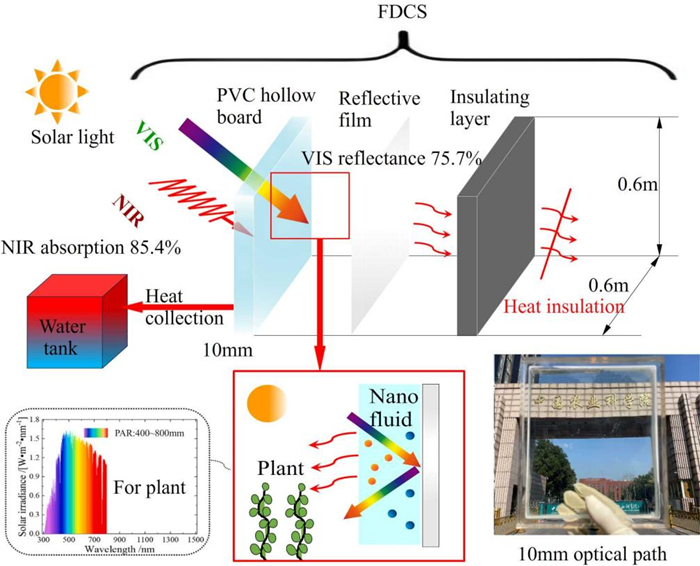
The solar greenhouse, commonly known as a "warm shed", is a representative of low-carbon energy-efficient greenhouses in north China. Due to the physical shading caused by crop group structures and cultivation methods, the light environment in the northern section is relatively weak. In addition, during cold weather, the internal temperature of solar greenhouses tends to be low, which can affect the crop quality and yield.
The research utilized nanomaterials as the frequency division medium for the solar spectrum and designed an active heat storage and release system integrated with FDCS. Under the integrated regulation, sunlight is decoupled through frequency division, with infrared light efficiently absorbed, and the light beams within the effective wavelengths of photosynthetically active radiation can be used to supplement lighting for crops in the northern section. By leveraging the cyclic characteristics of the system and through the day-night cyclic regulation, the night temperature in solar greenhouses in Beijing increased by an average of 2°C, and plant growth factors improved by an average of 21.5%. This approach optimized the photothermal environment within China's unique solar greenhouses, ensuring the safety and stability of China's "vegetable basket"..
This research was supported by the National Natural Science Foundation of China, the Beijing Science and Technology Program, and the Innovation Project of the Chinese Academy of Agricultural Sciences.
Linkage: https://www.sciencedirect.com/science/article/abs/pii/S0360544224035825
-
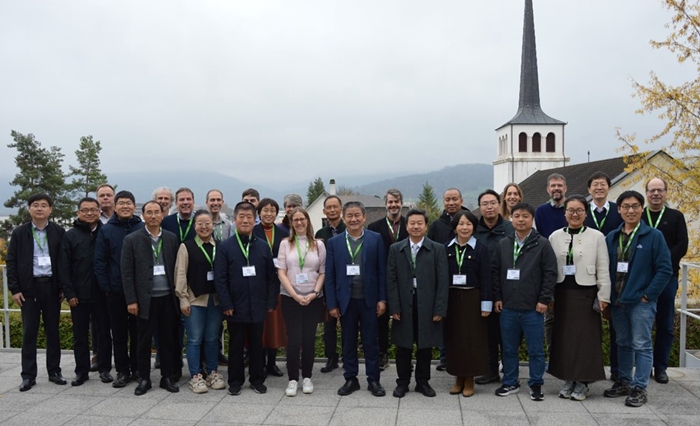 Dec 05, 2024China-CABI Project Development Workshop Held in Delémont, Switzerland
Dec 05, 2024China-CABI Project Development Workshop Held in Delémont, Switzerland -
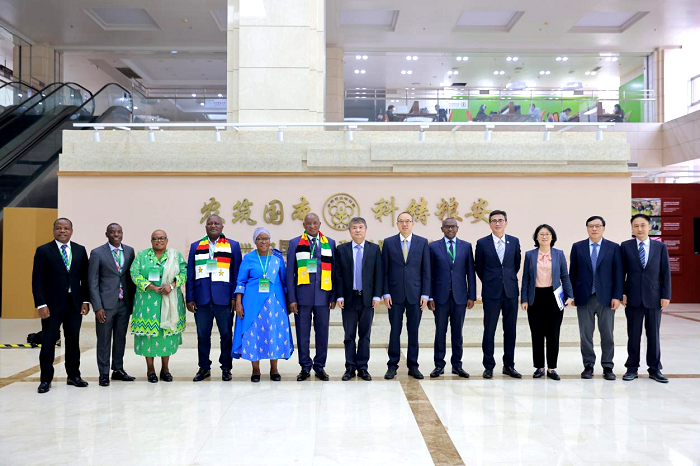 Dec 05, 2024Ministerial Workshop on Digital Agriculture and Rural Revitalization for BRI Partner Countries Held at CAAS
Dec 05, 2024Ministerial Workshop on Digital Agriculture and Rural Revitalization for BRI Partner Countries Held at CAAS -
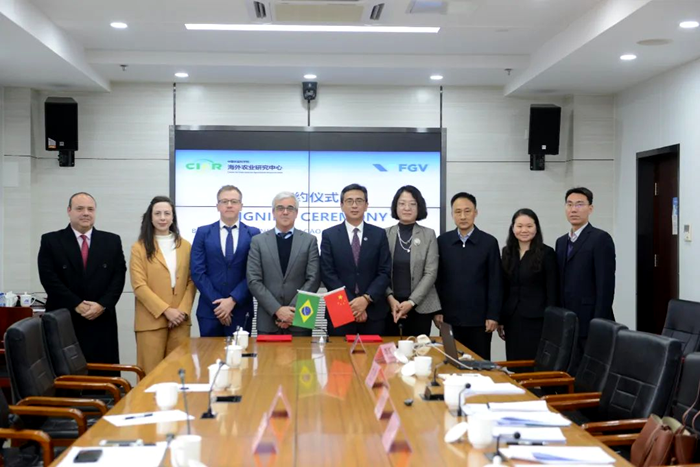 Dec 05, 2024CIAR and FGV Deepen Cooperation to Promote the Development of China-Brazil Green Agricultural Products Value Chain
Dec 05, 2024CIAR and FGV Deepen Cooperation to Promote the Development of China-Brazil Green Agricultural Products Value Chain -
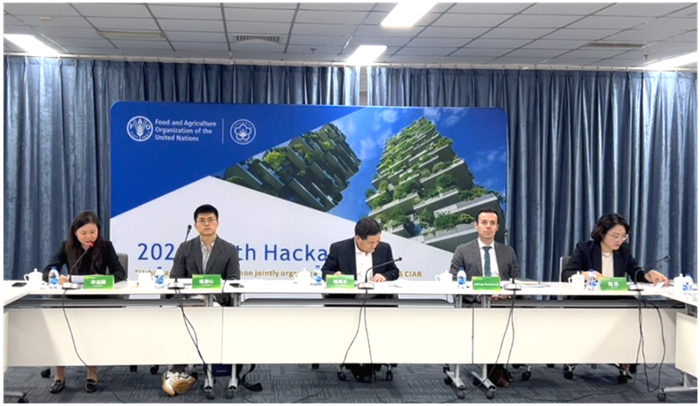 Dec 05, 20242024 Youth Hackathon for Urban Agriculture Finals Successfully Held in Beijing
Dec 05, 20242024 Youth Hackathon for Urban Agriculture Finals Successfully Held in Beijing -
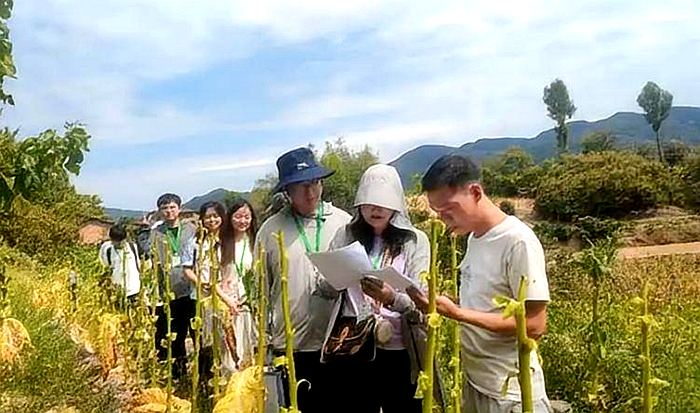 Dec 05, 2024Independent Impact Evaluation of Sustaining Poverty Reduction through Agribusiness Development in South Shaanxi (SPRAD) Successfully Completed
Dec 05, 2024Independent Impact Evaluation of Sustaining Poverty Reduction through Agribusiness Development in South Shaanxi (SPRAD) Successfully Completed
